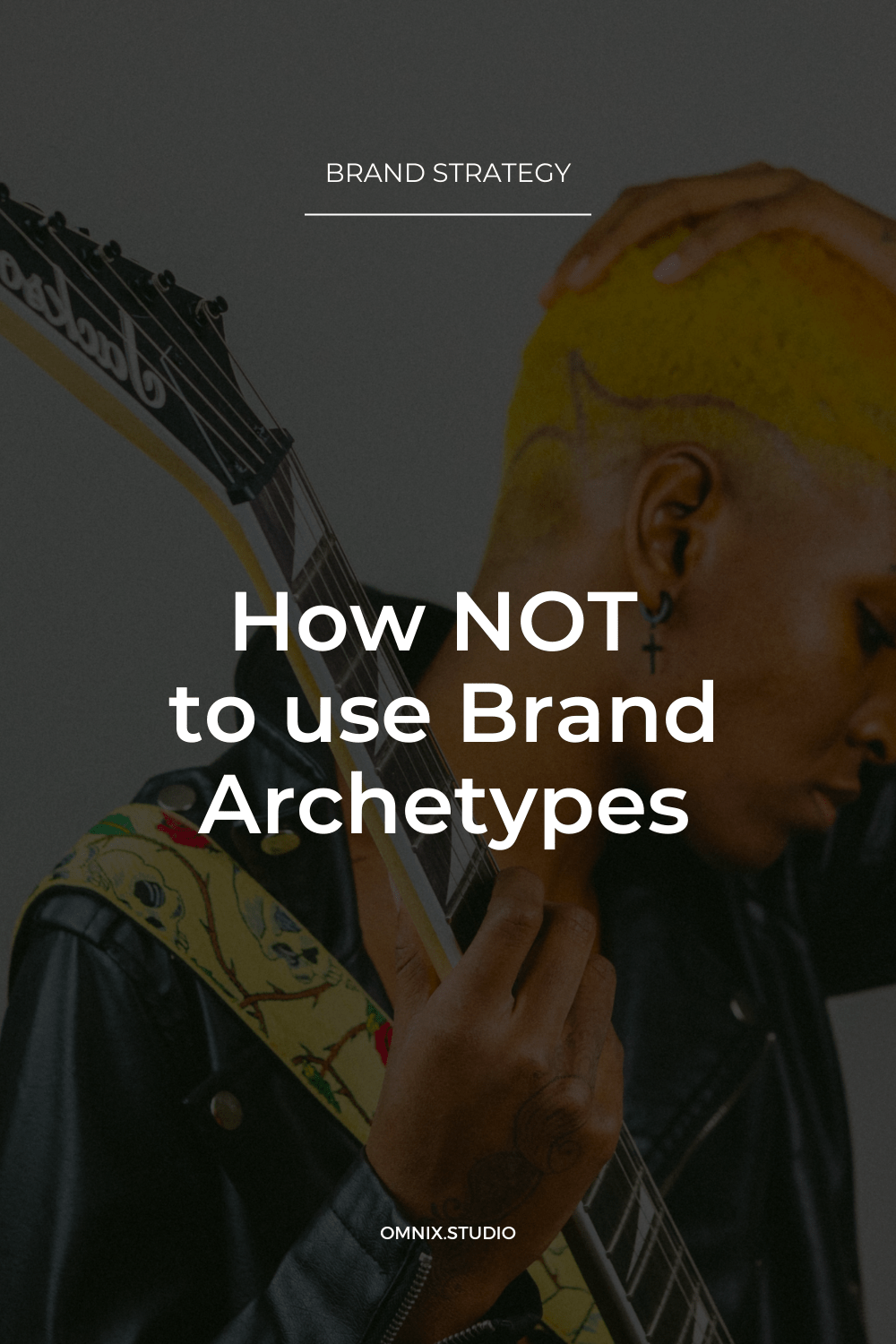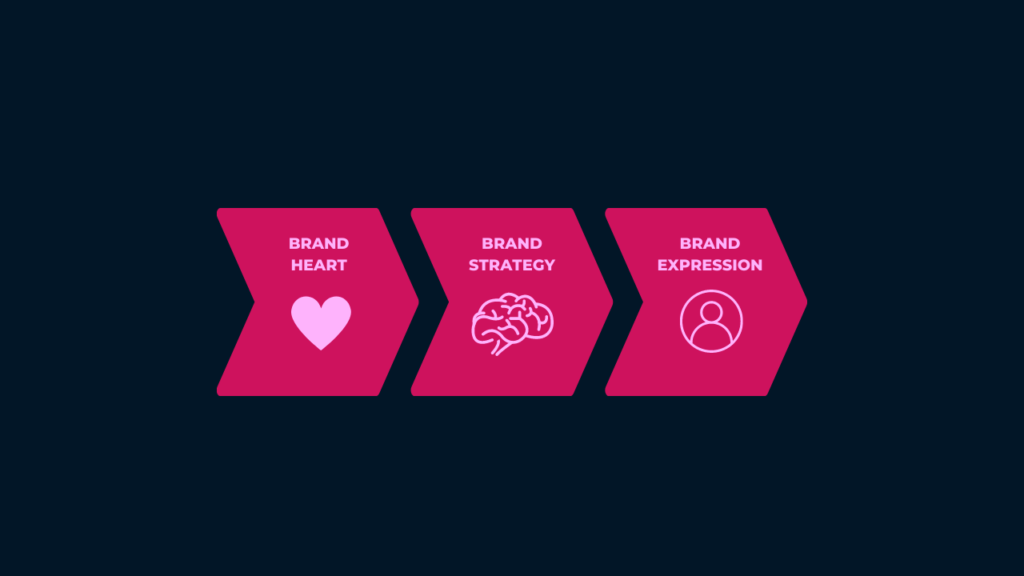
It’s time. Time for some myth-busting.
Here’s the thing, something I’ve been hearing, reading, and seeing time and time again is how Brand Archetypes ARE your strategy.
Want to know the truth though? That isn’t the case.
(BTW if you’re unsure what a Brand Archetype is, think of Myers Briggs for Brands)
Allow me to bust the myth here:
Archetypes are just ONE, yes, ONE part of a MUCH bigger strategy.
The real problem I have with archetypes is when people – from brand consultants, agencies, designers or business owners – hang their whole brand (and therefore, business strategy) on an archetype… the archetype then becomes their strategy. But, this is fraught with danger. So much so that if you ‘pick’ the wrong archetype, you’re actually no longer in a swimming race, you’re now racing go-carts – random, but you get the idea. You’ve changed races, but you don’t even know it until it’s too late.
The real problem I have with archetypes is when people – from brand consultants, agencies, designers or business owners – hang their whole brand (and therefore, business strategy) on an archetype… the archetype then becomes their strategy.
A client from a few years ago (through a past job) came to us from a failed re-brand with another agency. The agency had done a quiz and a few sessions with the client and decided they were a ‘rebel’ archetype. The whole visual brand (logo, support graphics, colour palette, typography and soon-to-be-written messaging – everything in how they show up and communicate in the world) was created from that decision.
BUT, the client felt something was off. They just didn’t connect with the brand that was created. Do you know why? They weren’t even close to being a REBEL brand (oh, hey there Marky Mark!). In fact, the opposite! Like, complete opposite – detail-oriented, specific, calculated risk and safety. Could you imagine the friction there? A brand showing up as a rebel, but that didn’t match the heart of the brand – safety, risk management and corporate. This is going to cause more trouble than a design do-over.
Without the alignment from the heart of the brand to the expression of the brand you get confusion – for you, your staff and ultimately your customers. If you don’t know who you are, how are your customers supposed to figure it out?

Another time you can also get yourself into trouble is when you ‘think’ you’re a particular archetype, and you’ve based this on unqualified research. If you’re not asking the right questions, you will not get the answers you need. You then make a decision based on skewed data and information. It’s then 6, 12 or 18 months down the track when you realise your error. You’re not converting, your engagement is off, and your customers are confused.
Here’s what you do instead:
Use archetypes as a sense check and to add depth to your brand.
Once you’ve done your research, customer and hero personas, defined your offering and positioning, THEN look at archetypes. This will then allow you to go further into your brand and uncover ways for your brand to be expressive and connect authentically with your audience.
Which Brand Archetype are you?



